Learn valuable details to set off on the adventure of a lifetime and uncover the secrets of this ancient, breathtaking mountain.
Ready to get lost in the heights? This Mount Roraima Travel Guide highlights a setting where the grandeur of nature unfolds, with peaks that touch the sky and an atmosphere of mystery that surrounds every step.
Mount Roraima is an invitation to intrepid adventurers, providing a unique journey through the fascinating landscapes of the region. Be prepared to marvel at impressive rock formations, crystal-clear streams, and vegetation that defies gravity.
In this guide, we have compiled essential information to guide your adventure, from the best time for climbing to the trails that will lead you to the heart of this natural monument.
Let’s Go!
1. Where is Mount Roraima?
2. How to get to Mount Roraima?
3. When is the best time to visit Mount Roraima?
4. How long to spend in Mount Roraima?
5. What’s on top of Mount Roraima?
6. Is Mount Roraima the oldest place on Earth?
7. What to bring to Mount Roraima?
About Mount Roraima
Mount Roraima, standing tall at an impressive altitude of 2,810 meters (9,219 feet), is an ancient geological marvel that offers breathtaking views of plateaus, cliffs, and a unique natural landscape. It is renowned as one of the oldest formations on Earth. Based on historical records, the mount was first climbed in 1884 by Sir Everard Thurn, marking a significant moment in its story. Mount Roraima invites adventurers to explore its untouched beauty and timeless allure.
Its most distinctive feature is the flat top, covering approximately 31 square kilometers (12 square miles), surrounded by cliffs that plunge almost vertically for hundreds of meters. The geological formation of Mount Roraima is believed to be the result of millions of years of erosion, giving it an impressive and truly unique appearance.
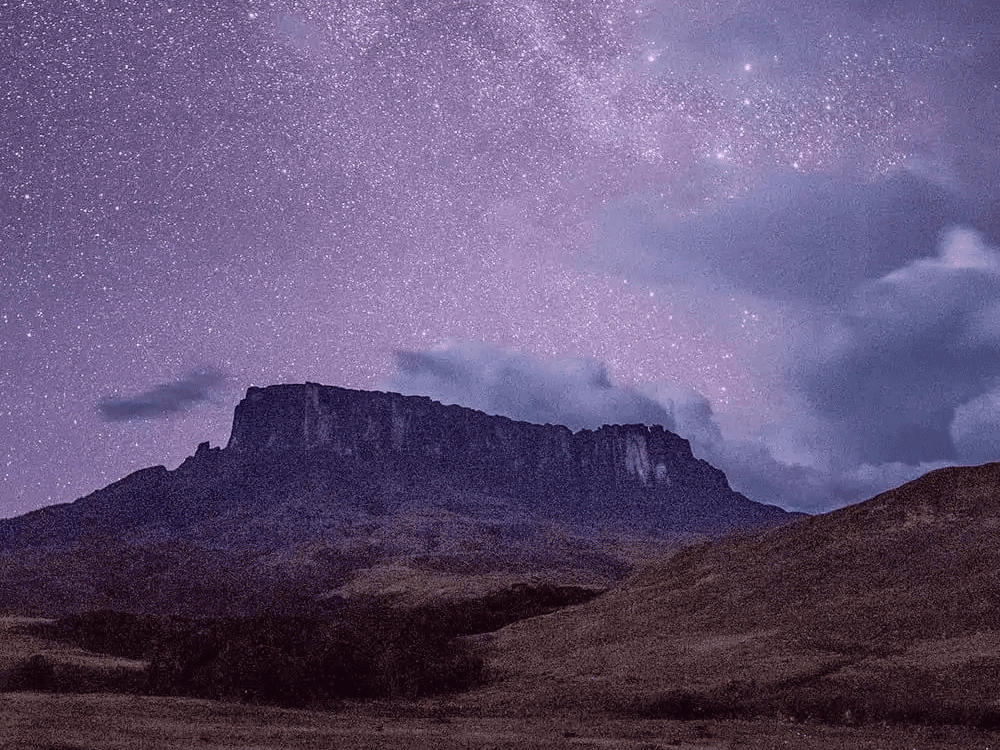
Where is Mount Roraima?
Curious about where Mount Roraima is located? This stunning natural wonder sits at the intersection of three countries: Guyana, Venezuela, and Brazil. A significant portion of its territory is divided among these nations, with 5% in Brazil, 10% in Guyana, and the largest share, 85%, in Venezuela.
The management of this area is overseen by the state of Roraima, more specifically, in the city of Uiramutã. Its unique position near the triple border offers an extraordinary opportunity to explore a remarkable corner of the world. For a clearer understanding of its exact location and how to navigate your way there, check out the Mount Roraima map.
How to get to Mount Roraima?
You can start your adventure on Mount Roraima from several important locations, with Boa Vista in Brazil being the most popular and convenient entry point. These varied starting points are due to Mount Roraima’s remote location, nestled on the borders of Brazil, Venezuela and Guyana. Being at this crossroads, the journey to the Mount promises a dose of adventure right from the start. Your journey begins with a flight to Boa Vista and from there you’ll embark on a road trip via the BR-174 highway towards the Venezuelan border, eventually reaching Santa Elena de Uairén. This town serves as a pivotal starting point for climbers and adventurers alike, where you can rest before the next phase of your journey. It is also possible to achieve Santa Elena de Uairén for its airport which is closer to the starting point of the hike. However, it operates with few flights.
From Santa Elena de Uairén, the adventure continues with a scenic drive to the Community of Paraitepuy, the gateway to the trails leading to Mount Roraima. The drive itself offers stunning views of the Gran Sabana’s landscapes and the trekkers have the unique opportunity to pass the banks of the Tek or Kukenan rivers. Along the way, charming campsites offer spots for rest and reflection, and the adventures always have the company of local expert guides, who are deeply connected to the indigenous tribes’ traditions. Equipping yourself with hiking boots and immersing in the fresh air and natural beauty of the route makes this adventure truly memorable.
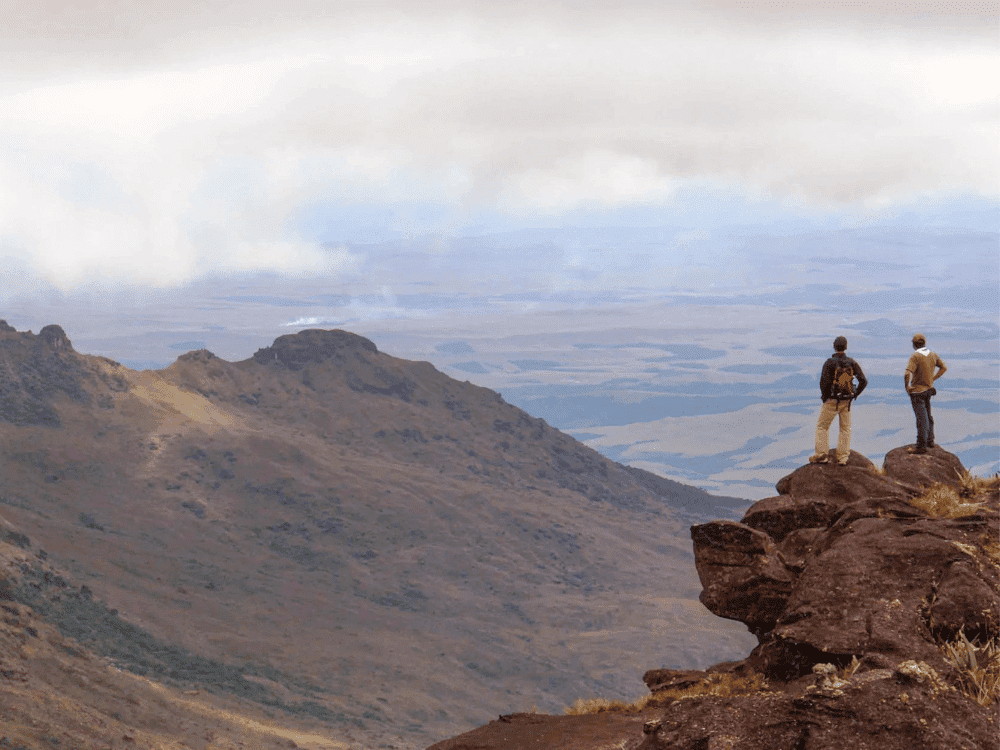
When is the best time to visit Mount Roraima?
In general, the less rainy period from October to March is considered the best time to visit Mount Roraima. During these months, the weather conditions are more favorable, with lower rainfall, making hiking easier and providing even more breathtaking scenery. The temperatures vary throughout the ascent. At the base of the mountain, temperatures consistently range between 20°C (68°F) and 25°C (77°F), gradually decreasing to 10-15°C (50-59°F) during the day at the summit, and dropping further to 5°C (41°F) and sometimes reaching 0°C (32°F) at night, especially when it rains.
Between April to September, it’s the rainy season, when the trails become more challenging and slippery, leading many to avoid them. However, it’s also simpler to secure accommodations in desirable locations and observe waterfalls that are exclusive to this season. Despite these challenges, Mount Roraima’s appeal remains unchanged. In reality, these conditions can amplify the mystique and unique beauty of your adventure. Remember, the mountain’s weather is unpredictable, ensuring each visit is distinct.

How long to spend in Mount Roraima?
The trek to Mount Roraima lasts at least 6 days. The first thing to bear in mind is that the climb to the summit involves 3 days of trekking through dense jungle and challenging trails, followed by 2 days of descending. At an altitude of 2,875 metres, Mount Roraima is the eighth highest point in Brazil, being a challenging and rewarding hike for the adventurer to this magical place.
PlanetaEXO offers an 8-day package that includes 3 nights at the summit, while the 10-day option allows for an extended 5-night stay at the top of the plateau, whilst the 6-day trips are available for private groups. Our expeditions include transportation, guides, camping gear, and meals. This is a perfect expedition for those with good physical fitness and a deep desire for a more connection with nature.
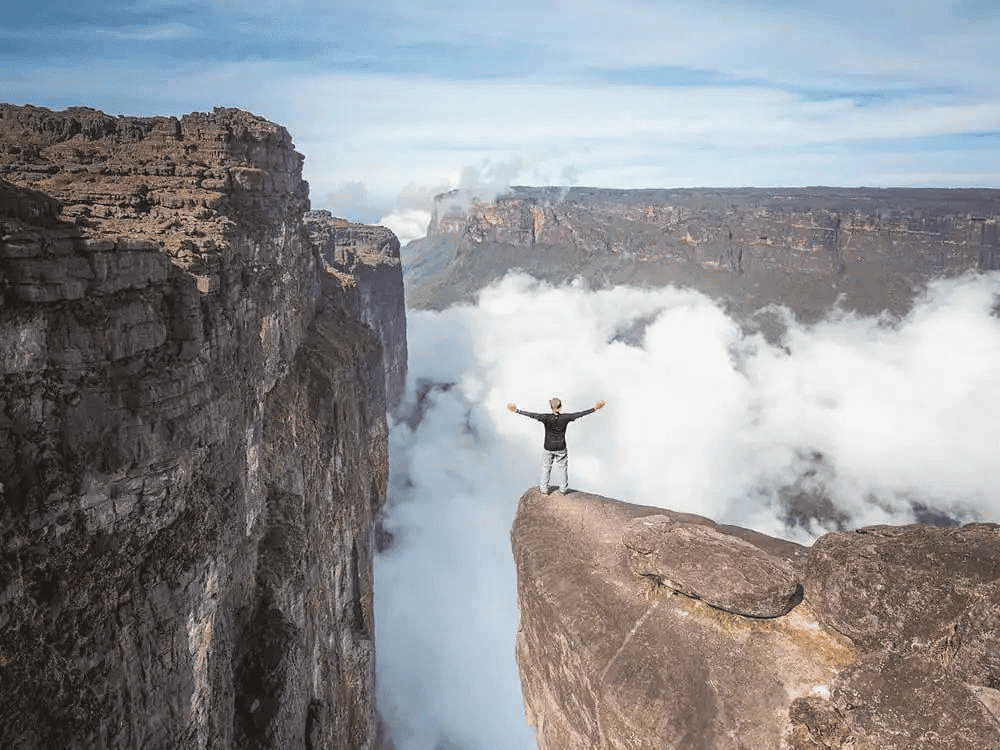
What’s on top of Mount Roraima?
On the top of Mount Roraima, adventurers find a collection of remarkable features including the Triple Border Point where Venezuela, Brazil, and Guyana converge, and the Valley of Crystals, known for its quartz crystals glittering in the sunlight. Notable points that you will have the opportunity to visit also include El Foso, a natural depression, and La Ventana lookout which offers expansive views of the savannah below. The summit is home to “Jacuzzis,” natural pools formed by rainwater, and the Maverick Rock, the mountain’s highest point.
Reaching the summit of Mount Roraima isn’t just about the stunning vistas; it’s an expedition into a living museum of Earth’s ancient past. Contrary to expectations, the plateau isn’t flat but a rugged landscape that soars over 300 meters, adorned with rock formations, waterfalls, and crystal-clear pools. However, it’s the unique ecosystem that truly sets Roraima apart.
The mountain hosts a remarkable variety of plant life, including diverse orchids, bromeliads, and carnivorous plants, many of which are exclusive to this location. But the vibrant tapestry of flora is matched by its fauna. at last, the plateau is also a sanctuary for a fascinating array of animals, including insects, birds, toads, small reptiles, and mammals like mice, each species playing a role in this biodiverse haven.
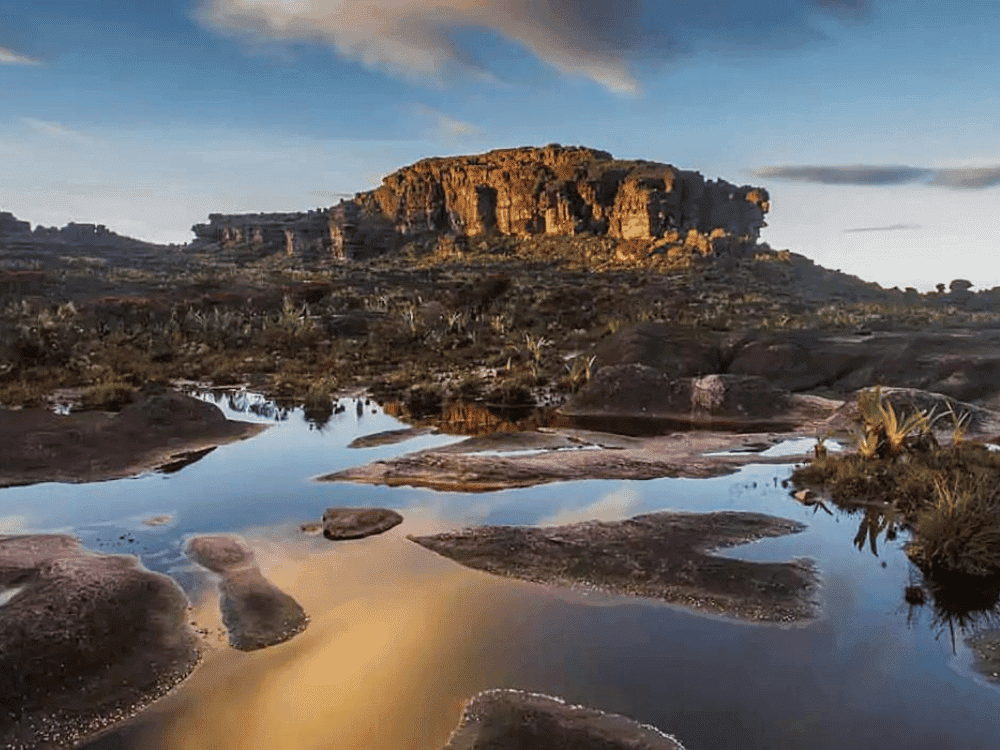
Is Mount Roraima the oldest place on Earth?
Mount Roraima, discovered by Europeans in 1595 during the Spanish and British colonization of South America, is a true geological and historical treasure. It was only in 1884 that the adventurer Everard Ferdinand Im Thurm conquered the challenge of climbing this impressive “Crystal Mountain.” Its fame extends beyond climbing feats; Mount Roraima is known as the “Lost World,” a title that reflects its age.
Its geological composition, predominantly formed by Precambrian rocks dating back approximately two billion years, provides a unique window into the planet’s distant past. Over millions of years, the mountain has resisted relentless erosion, shaping its unique landscape and revealing its flat plateau that extends for about 31 square kilometers.
In addition to the ancient rocks, the tectonic activity that sculpted Mount Roraima. This is a crucial factor for its title as the oldest place on Earth. As part of the ancient Pakaraima mountain range, formed over billions of years by the movement of tectonic plates. The mountain bears witness to the geological forces that shaped the planet. This connection to geological processes from the distant past reinforces the antiquity of Mount Roraima.
What to bring to Mount Roraima?
Packing smart is key to a successful Mount Roraima expedition. Equip yourself with durable hiking boots, breathable yet protective clothing, and weather-resistant gear to tackle the mountain’s diverse climates.
Essential include a robust backpack, a comfortable sleeping bag rated for 0°C (32°F), reliable trekking poles, and an efficient headlamp. Prioritize hydration with eco-friendly water bottles, and ensure safety with a portable water purifier. Round off your gear with energy-boosting snacks, protective sunscreen, sunglasses, and a hat to shield you from the elements.
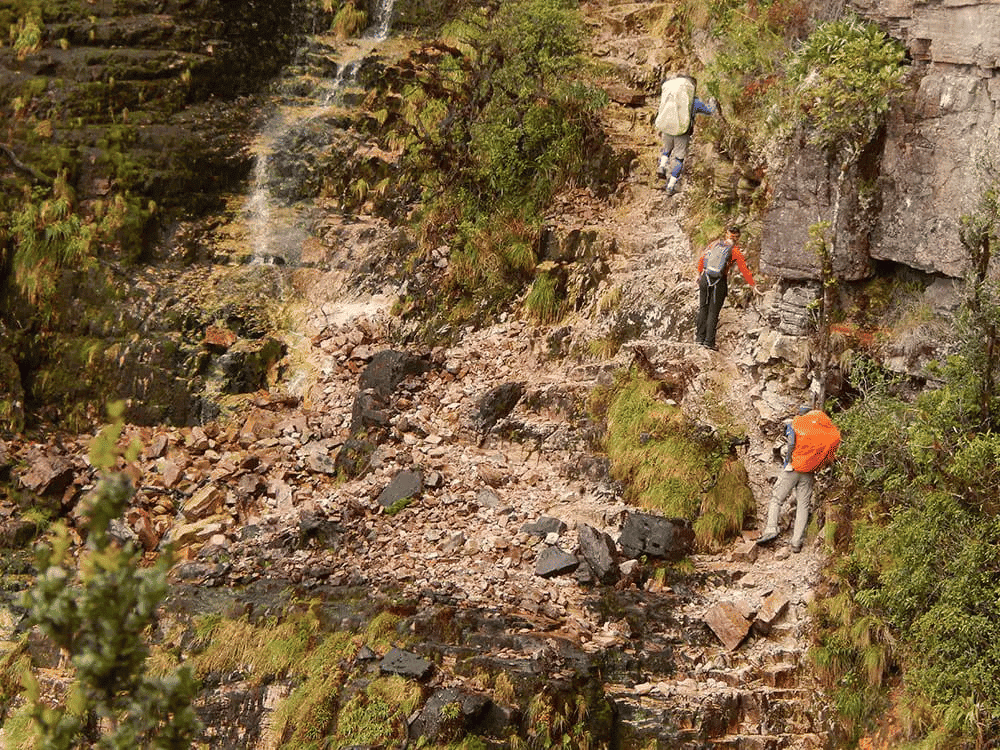
As we reach the end of this guide, remember that each step on Mount Roraima is a story waiting to be captured. Don’t leave behind anything but footprints and take everything but memories, captured on your camera or phone. Essential items like cash (Brazilian real BRL), passport, international certificate of vaccination with proof of yellow fever vaccination administered at least 10 days prior and important documents should not be forgotten.
Eager for an adventure like no other at Mount Roraima? Check out our travel deals, designed for memorable trips. Click to see what’s waiting for you.
At PlanetaEXO, we believe every journey can make tourism kinder to our planet, keeping its beauty intact. Book now for a tour experience beyond limits.
Read more!

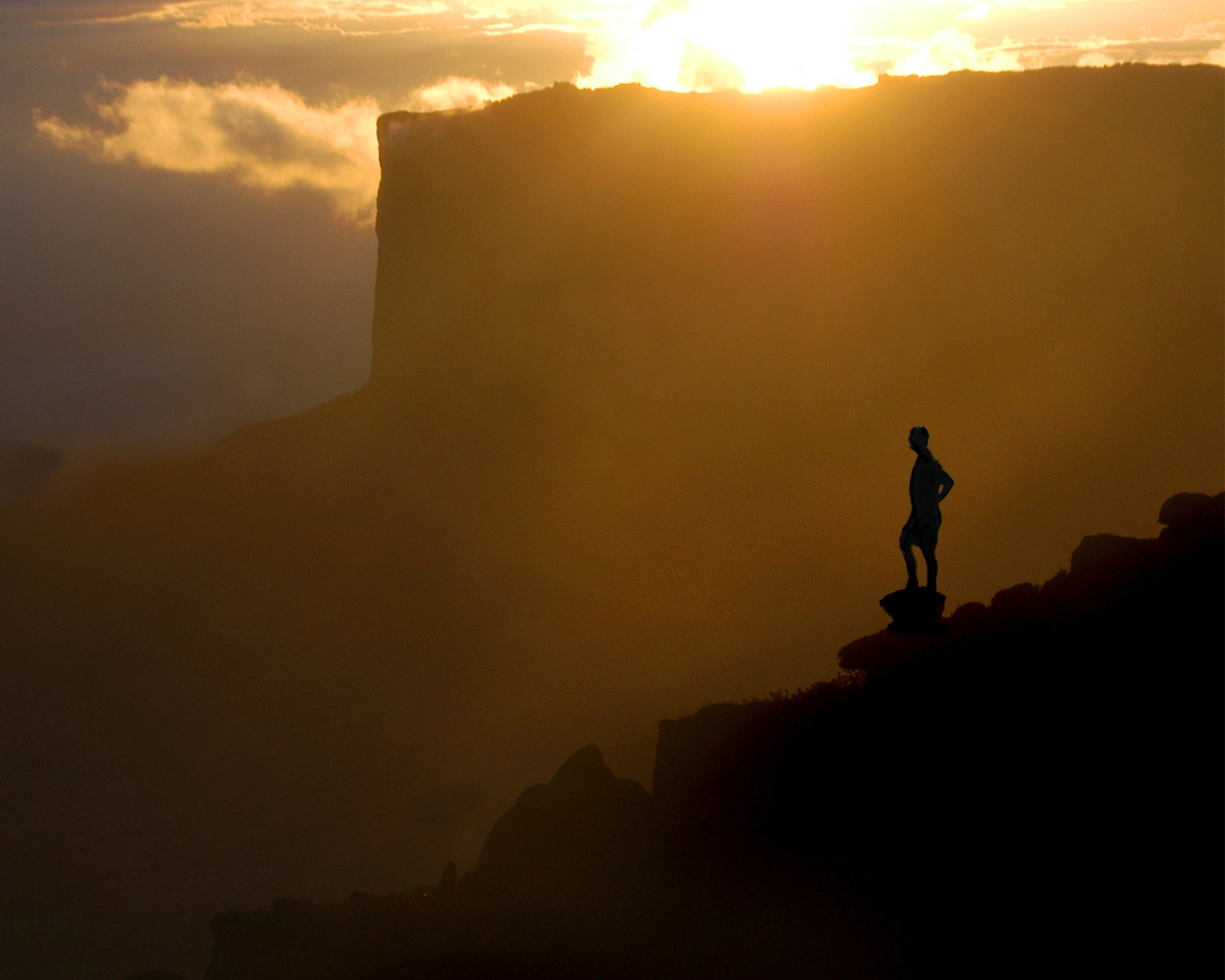
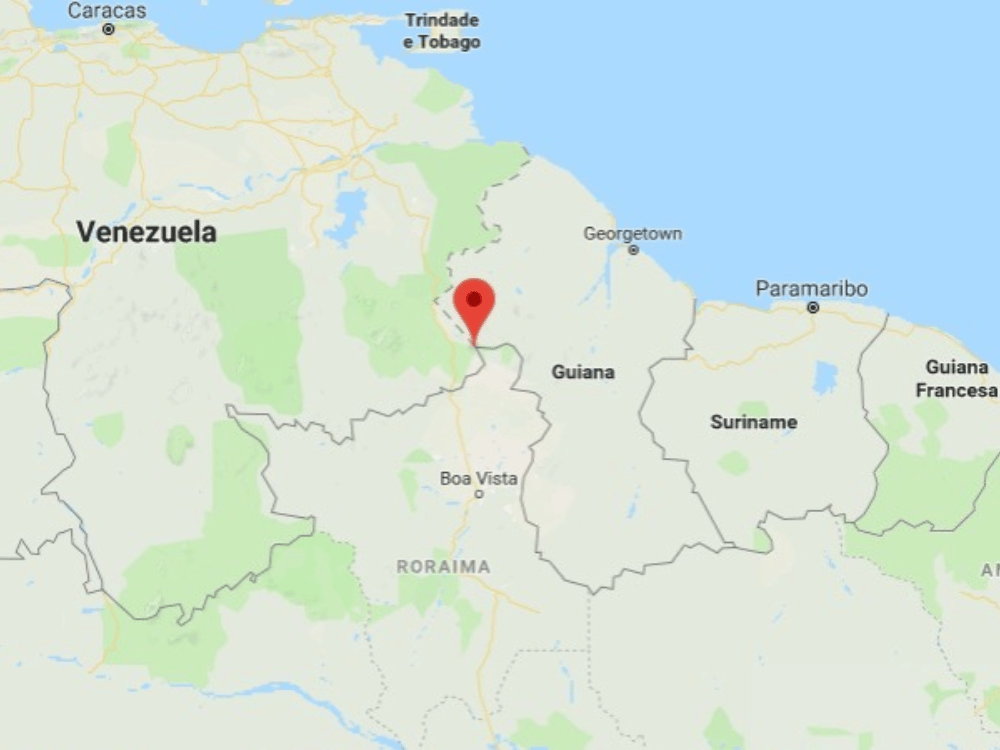
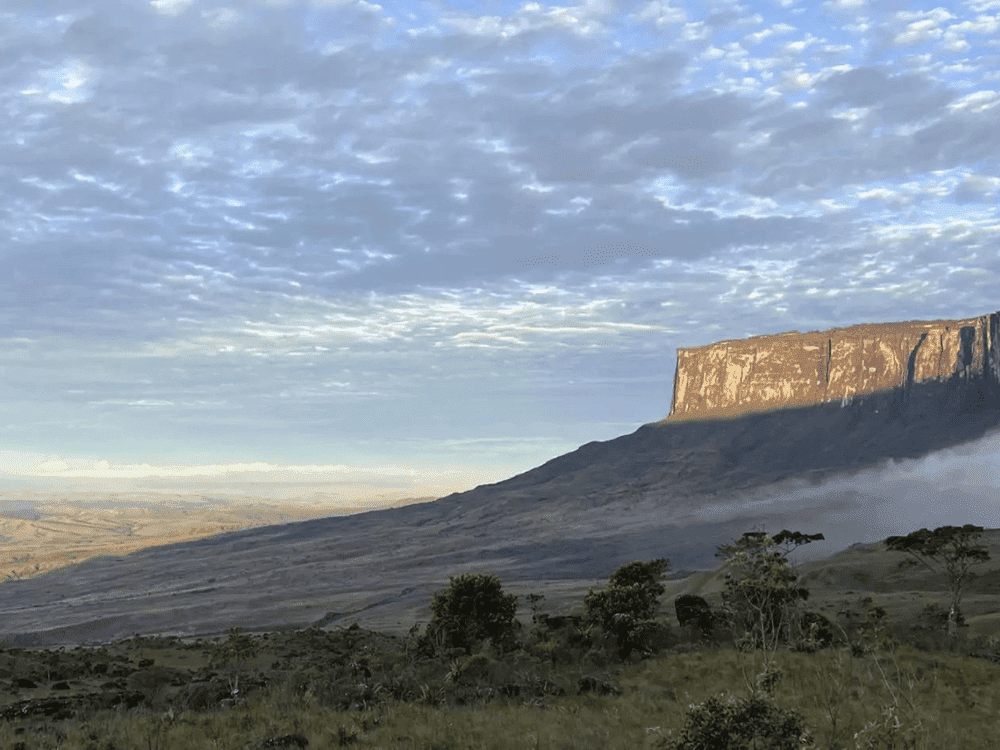









Join the discussion One Comment